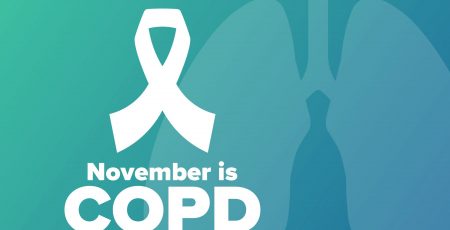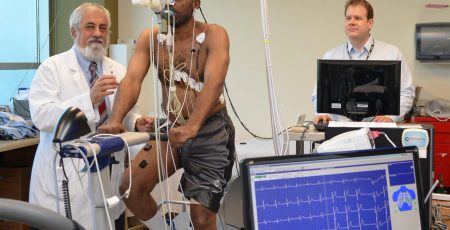01 Mar PERF Monthly Newsletter – February 2017
FEBRUARY 2017
Here is a roundup of the articles, news & updates that we've published on the PERF blog site during the past month. Click on the "Read More" link at the bottom of each excerpt to read the full article.
[column-group][column]
The Importance of Spirometry Testing in COPD Diagnosis
COPD is one of the most common conditions treated by primary care clinicians, yet there is a need for better training related to the diagnosis of the disease. Spirometry could play an important role in the process.
In a study conducted at the Corpus Christi Medical Center in Corpus Christi, Texas, researchers assessed the accuracy of COPD diagnoses made in primary care clinics. Of the 65 patient records reviewed, only 29% of the records showed that spirometry testing had been done. Subsequent spirometry testing showed that, of the patients diagnosed by their physicians with COPD, nearly 32% were actually misclassified because the spirometric measurements did not confirm the disease.
[/column][column]
COPD-Related Death Rates Improving For Men More Than For Women
Last fall the Centers for Disease Control released data on the death rates associated with chronic obstructive pulmonary disease (COPD). For those between the ages of 65 and 84, the death rate for men with COPD declined by more than 20% over the last 10 years, but for women it declined only slightly, by just under 4%. Black women are an exception in this age group; for them, COPD-related deaths increased. Despite the larger decline in COPD-related death rates for men than for women, the rate for men still remains higher than for women.
[/column][/column-group]
[column-group][column]
A Detailed Guide to Exercising With COPD – Part 1
We’ve written many times in this blog about the importance of exercising when you have COPD. The more you exercise, the better you’ll be able to utilize the oxygen that your lungs supply to you, which means that you’ll perform daily tasks with more ease and your overall sense of well-being will improve. Well, now we’re offering some practical tips and suggestions to help you get the best results from your exercise.
It may seem counterintuitive to engage in an exercise program when you’re short of breath, but exercise can actually improve your shortness of breath. Multiple studies have proven this to be true. While exercise cannot reverse your COPD, it certainly can improve your quality of life as you deal with the disease.
[/column][column]
A Detailed Guide to Exercising With COPD – Part 2
Last week we discussed the benefits of exercising when living with COPD, and we talked about types of exercise you can do. This week we’ll cover guidelines on exercise duration, frequency, and best practices for maintaining a safe exercise regimen.
While you want to build up conditioning and endurance, you should be careful not to over-exert yourself. Avoid pushing yourself into a breathless state, which will not only be unpleasant, it will discourage you from trying to exercise again.
Always Start With A Warm-Up Session
Don’t exercise right after eating. Wait at least an hour and a half after a meal to exercise. Always start with a 3- to 5-minute warm-up phase. This will increase your heart rate and your body temperature slowly, and will allow your muscles to loosen up so you will be more flexible. A smooth warm-up also allows you to increase the rate of your breathing gradually, so you can comfortable adjust to the added demands of the exercise session to come. A good way to warm up is to do some stretching, and then start your exercise activity at a low level.
[/column][/column-group]
Please Donate to PERF and Help Keep Our Programs and Research Going
[/column][/column-group]






No Comments